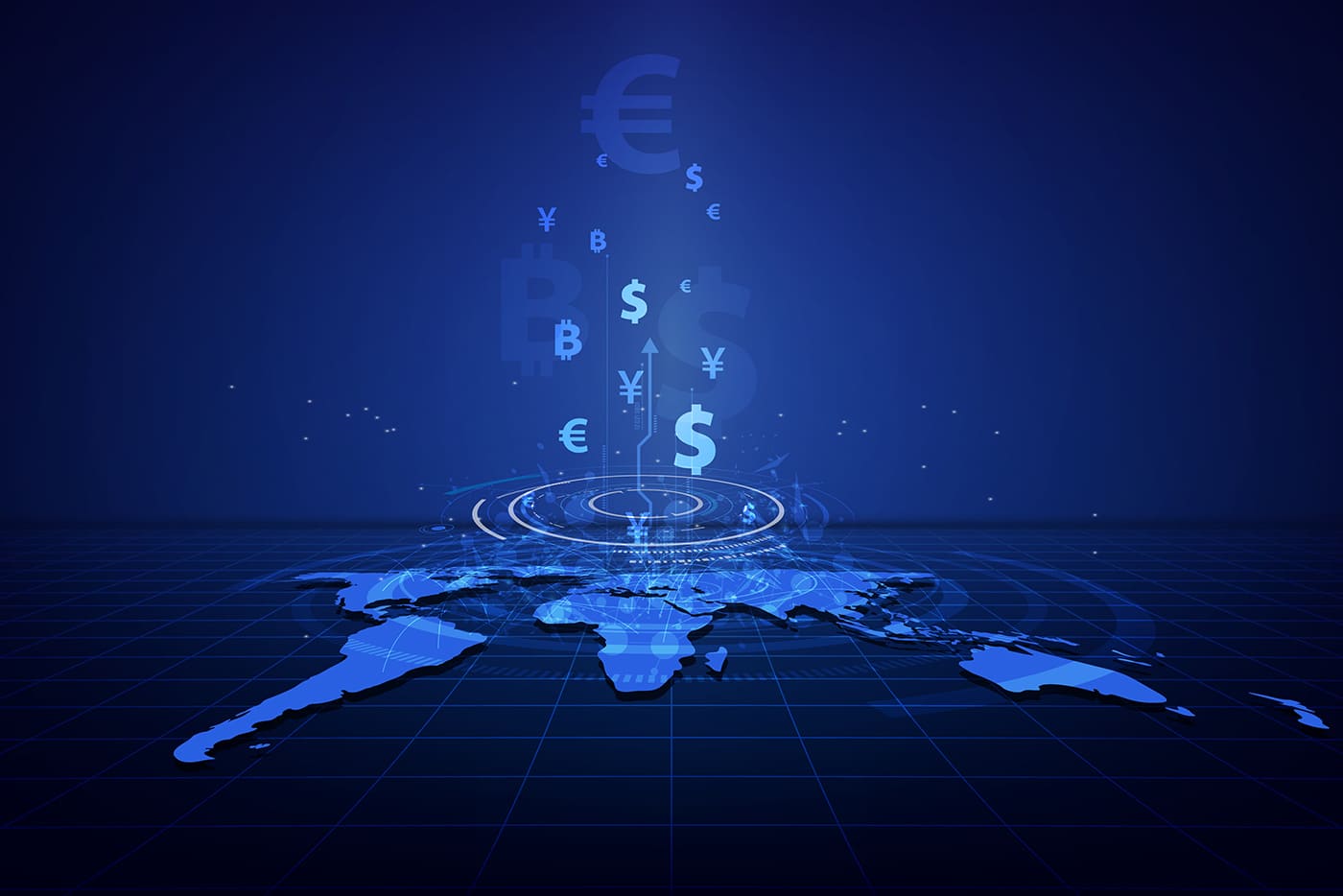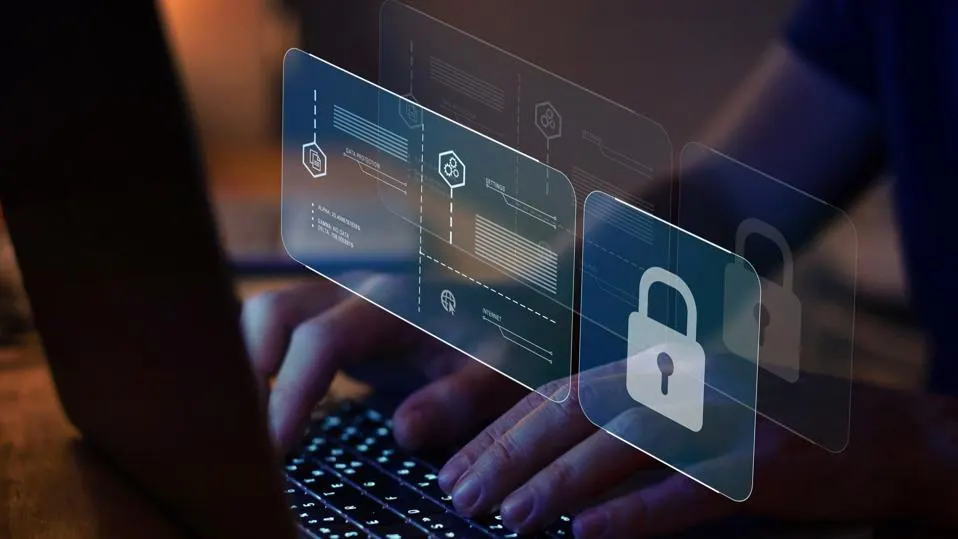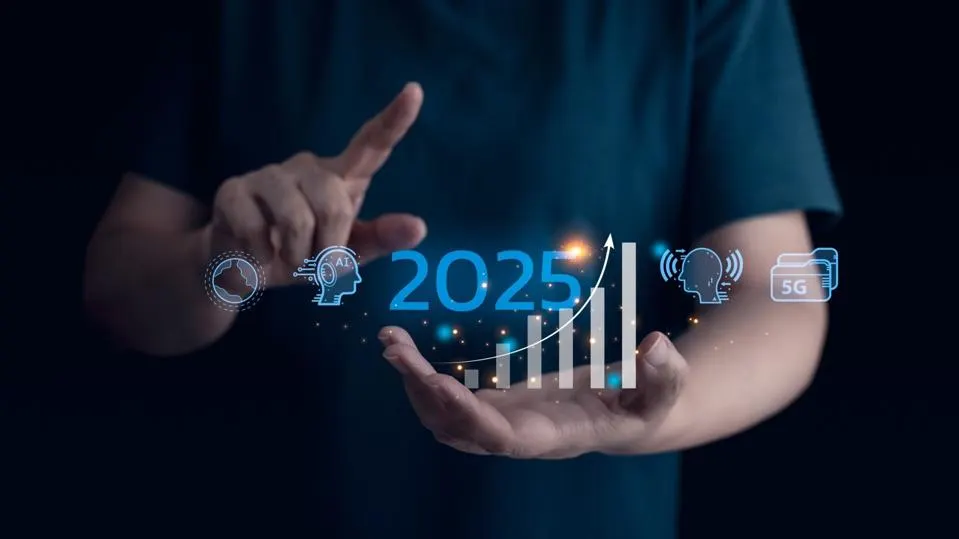What the Digital Dollar Might Mean for the U.S.
31 March 2022
The U.S. government released a report saying that the Federal Reserve is considering the benefits and disadvantages of creating a government-issued currency. Find out how it works and what the benefits and disadvantages of a digital dollar might be.

These days, it’s possible to go weeks or months without handing paper bills or coins – but for centuries, the world relied on physical money for transactions of all types.
Now with the advent of credit cards, Venmo, Paypal, and Apple Pay – not to mention cryptocurrencies like Bitcoin – digital money and online transactions have become incredibly common.
Now the United States is exploring the possibility of creating a fully digital U.S. dollar. In late January, the Federal Research released a report outlining the potential benefits and disadvantages of creating a government-issued digital currency. Digital dollars could be in circulation just like paper bills – and we could keep them in virtual wallets in our smartphones.
Here’s what you need to know about the proposed digital dollar.
How the Digital Dollar Might Work
A large portion of modern transactions is already occurring using digital systems and wallets. The Harvard Business Review reported that over 97% of the money in circulation comes from online transactions.
If the Fed decided to add a central bank digital currency (CBDC), they would mint that currency alongside paper bills and coins. Those digital dollars and cents would be stored on our digital wallets or phone apps, and we could use them to pay for things – just like we do with Apple Pay when we go to coffee shops and stores. No physical money would need to change hands in these digital transactions.
Currently, the Federal Reserve only backs up physical cash – but if the government does decide to mint digital dollars, they would also be owned and backed up by the Fed.
This shift could be a fundamental change to the U.S. dollar, reflecting the increasingly cashless nature of the world’s economy.
Potential Advantages of a Digital Currency
Here are some potential benefits of creating a digital dollar:
Eliminating or reducing fees. Today's contactless payments wrack up tons of transaction fees, and those fees are currently being absorbed by businesses. A digital currency could wipe out or decrease these fees because you could transfer money directly to a recipient. Credit card companies might also feel the pressure to lower their fees so they can stay competitive.
Helping people who don’t use banks. The Fed says more than 5% of American households are “unbanked” (meaning they are not currently served by a financial institution or bank). Providing these people with a digital wallet they can access using their phones could allow them to participate in a cashless financial system.
Making it easier to distribute benefits. The United States government could transfer benefits payments (like food assistance or pandemic relief payments) directly into digital wallets, which can reduce costs and put money in people’s hands much faster.
Strengthen the U.S. dollar. The American dollar is currently the dominant and most widely-used international currency. New SCDCs could be an attractive form of the U.S. dollar, which would help preserve its international status as a trusted currency in the global monetary system.
Digital Dollar Challenges
Concerns about privacy are the biggest challenge to creating the digital dollar. There are serious concerns about how much the Fed would know about individual transactions, and how much power the government would have to restrain the financial activities of people who use digital currency.
Given the huge recent upsurge in cyberattacks, the U.S. would also have to update the country’s financial infrastructure to make it more secure if the Fed was going to be in charge of a digital currency system.
Next Steps
The report from the Federal Reserve is just a first step, meant to begin a conversation among policymakers and gather feedback from financial leaders and the public.
But other countries are already embracing digital currencies. China is experimenting with the digital yuan on a trial basis that allows citizens to make payments using a government-run app. India also announced it would be minting a digital rupee.
It could take 5 to 10 years to introduce a digital currency in the United States, and the process is still in the very easy stages – but in the future, you may be able to spend U.S. dollars without ever touching a bill or coin.
Related Articles
The Third Wave Of AI Is Here: Why Agentic AI Will Transform The Way We Work
The chess pieces of artificial intelligence are being dramatically rearranged. While previous iterations of AI focused on making predictions or generating content, we're now witnessing the emergence of something far more sophisticated: AI agents that can independently perform complex tasks and make decisions.[...]
How Generative AI Will Change Jobs In Cybersecurity
Ensuring robust cybersecurity measures are in place is more important than ever when it comes to protecting organizations and even governments and nations from digital threats.[...]
The 10 Most Important Banking And Financial Technology Trends That Will Shape 2025
As technological disruption and economic uncertainty continue to reshape the financial landscape, alongside dramatic shifts in consumer behavior and regulatory requirements, 2025 promises to be both challenging and opportunistic for banking and financial services.[...]
The 6 Most Powerful AI Marketing Trends That Will Transform Your Business In 2025
The quiet hum of AI servers is rapidly drowning out the traditional drumbeat of marketing departments worldwide.[...]
AI Everywhere – Scaling AI In The Cloud With Intel® Xeon®6
Today, the omnipresent AI that we’re starting to take for granted has become a critical tool for business.[...]
4 Smartphones Leading The AI Revolution
As enterprises increasingly rely on company-issued smartphones as primary computing devices, these mobile devices are becoming the frontline of workplace AI integration.[...]
Sign up to Stay in Touch!
Bernard Marr is a world-renowned futurist, influencer and thought leader in the fields of business and technology, with a passion for using technology for the good of humanity.
He is a best-selling author of over 20 books, writes a regular column for Forbes and advises and coaches many of the world’s best-known organisations.
He has a combined following of 4 million people across his social media channels and newsletters and was ranked by LinkedIn as one of the top 5 business influencers in the world.
Bernard’s latest book is ‘Generative AI in Practice’.










Social Media